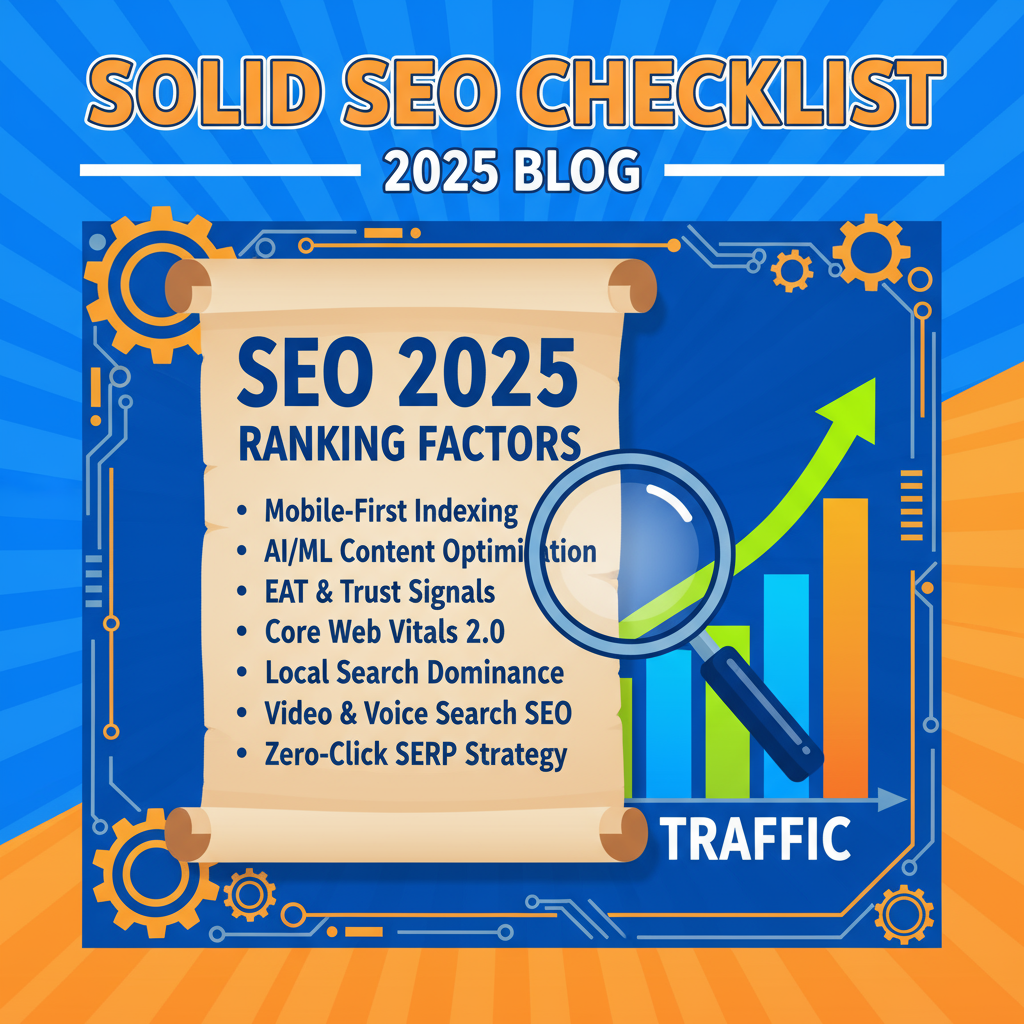
Snapchat is often misunderstood as just a messaging app; in reality, it is a powerhouse of authentic, real-time engagement, dominating the Gen Z and Millennial demographic. For advertisers, it offers an unparallelled opportunity to integrate seamlessly into a user’s daily communication flow, leveraging full-screen video and revolutionary Augmented Reality (AR) technology.
Snapchat ads don’t just appear—they become part of the experience. This in-depth guide covers every detail you need to master the platform and drive scalable results for e-commerce, app installs, and brand awareness.
Index (Table of Contents)
1. The Snapchat Advertiser Advantage
1.1. Audience Demographics: The Power of Gen Z
1.2. The Content Mindset: Authenticity and Urgency
1.3. Unique Selling Proposition: AR and Interactivity
2. Technical Foundations: Setup and Tracking
2.1. Creating a Business Account and Ads Manager Access
2.2. The Snap Pixel and Conversions API (CAPI)
2.3. Product Catalog Setup for Dynamic Ads
3. Campaign Structure and Objectives
3.1. Choosing the Right Objective (Goal-Based Bidding)
3.2. Understanding the Ad Hierarchy: Campaign, Ad Set, Ad
3.3. Budgeting and Optimizing the Learning Phase
4. Snapchat Ad Formats: The Creative Arsenal
4.1. Single Image or Video Ads (Snap Ads): The Core Format
4.2. Story Ads: Sequential Storytelling
4.3. Collection Ads: Shoppable Mobile Experiences
4.4. Commercials: The Non-Skippable Advantage
4.5. AR Lens and Filters: Gamified Brand Experience
5. Precision Targeting Strategies
5.1. Demographic and Interest Targeting
5.2. Custom Audiences: Retargeting Power
5.3. Lookalike (Actalike) Audiences: Scaling Acquisition
5.4. Snap Audience Match: List Uploads
6. Creative Best Practices: Going Native
6.1. Vertical-First Design (9:16 Ratio)
6.2. The 2-Second Hook: Capturing Instant Attention
6.3. Designing for Sound On and Sound Off
6.4. The Power of User-Generated Content (UGC) Style
7. Optimization, Measurement, and Scaling
7.1. Key Metrics: Swipe-Up Rate and Cost Per Acquisition (CPA)
7.2. Split Testing (A/B Testing) Framework
7.3. Scaling with Dynamic Ads and Broad Targeting
7.4. Attribution Windows: The 7-Day Click Rule
1. The Snapchat Advertiser Advantage
1.1. Audience Demographics: The Power of Gen Z
Snapchat reaches over 75% of the 13 to 34-year-old population in many developed markets. This audience is often highly brand-conscious and has significant disposable income. More critically, they are 34% more likely to purchase products they see in ads on Snapchat compared to other platforms, due to the platform’s perceived authenticity and intimacy.
1.2. The Content Mindset: Authenticity and Urgency
Snapchat content is inherently fleeting (Snaps disappear after being viewed, Stories after 24 hours). This creates a sense of urgency and FOMO (Fear of Missing Out), which translates extremely well to flash sales, limited-time offers, and product drops in advertising. Overly polished, high-production corporate ads often underperform; users respond better to authentic, raw, UGC-style content.
1.3. Unique Selling Proposition: AR and Interactivity
Snapchat leads the industry in Augmented Reality (AR). Sponsored Lenses allow users to virtually try on clothing, makeup, and accessories or interact with branded 3D objects. This reduces purchase friction and increases engagement, turning an ad view into a fun, memorable experience.
2. Technical Foundations: Setup and Tracking
2.1. Creating a Business Account and Ads Manager Access
All advertising begins with a Snapchat Business Account and access to the Ads Manager. This provides the necessary tools for campaign creation, detailed targeting, and performance analytics. Use the Advanced Create option for maximum control over your campaigns.
2.2. The Snap Pixel and Conversions API (CAPI)
Accurate measurement is the backbone of performance marketing.
- Snap Pixel: A snippet of code installed on your website to track user actions (Page Views, Add to Cart, Purchase) after clicking your ad. It’s crucial for optimizing campaigns for conversions.
- Conversions API (CAPI): Allows you to send conversion data directly from your server to Snapchat, bypassing browser-based restrictions (like ad-blockers) and improving data matching and overall optimization effectiveness.
2.3. Product Catalog Setup for Dynamic Ads
For e-commerce, the Product Catalog is essential. You upload a product feed (containing product name, image, price, URL, etc.), which allows Snapchat to:
- Generate Dynamic Ads: Automatically create personalized ads showing products a user has viewed but not purchased (retargeting).
- Run Collection Ads: Power interactive, multi-product ad formats directly from your feed.
3. Campaign Structure and Objectives
Snapchat Ads Manager follows a simple three-tier hierarchy:
| Tier | Purpose | Key Setting |
| Campaign | Defines the overarching business goal. | Objective (e.g., Website Conversions, App Installs) |
| Ad Set | Defines who sees the ads and how much you pay. | Targeting, Budget, and Bid Strategy |
| Ad | Defines the creative seen by the user. | Ad Format, Creative Asset, and CTA |
3.1. Choosing the Right Objective (Goal-Based Bidding)
Selecting the correct objective is vital as it informs the algorithm how to optimize ad delivery.
- Awareness: Focuses on reach and impressions (for new brands).
- Traffic: Focuses on users likely to Swipe Up to visit a landing page.
- App Installs: Optimizes for users likely to download your app from the App Store.
- Website Conversions: Optimizes for high-value actions (Purchase, Sign-up) and uses your Snap Pixel data.
3.3. Budgeting and Optimizing the Learning Phase
Snapchat recommends setting a daily budget of at least $30-$50 and letting the ad run for 4-7 days without major changes. This is the Learning Phase, where the system gathers data to understand which users are most likely to convert, leading to more stable and efficient results afterward.
4. Snapchat Ad Formats: The Creative Arsenal
4.1. Single Image or Video Ads (Snap Ads)
- Description: Full-screen vertical video (recommended 3-10 seconds) or static image.
- Key Feature: The Swipe-Up CTA (Call-to-Action) at the bottom, directing users to a website, AR Lens, or App Store.
4.3. Collection Ads
- Description: A main image/video followed by four tappable product tiles.
- Best Use: E-commerce. Allows users to browse multiple items from a single ad unit, creating a mini-storefront experience.
4.4. Commercials
- Description: Non-skippable video ads (up to 3 minutes, but the first 6 seconds are always non-skippable).
- Best Use: Driving guaranteed view-through rates for brand awareness, often appearing in premium Discover content.
4.5. AR Lens and Filters
- AR Lens: Interactive camera experiences (e.g., virtual try-ons, branded games). Users often share these with friends, generating free organic reach.
- Filters: Static overlays users can add to their Snaps, often limited by a geographical boundary (Geofilters). Great for local businesses or events.
5. Precision Targeting Strategies
Snapchat offers robust options to find users at every stage of the funnel.
5.2. Custom Audiences: Retargeting Power
These are audiences built from your data. They include:
- Pixel Custom Audiences: Users who visited your website, added to cart, or viewed a specific product.
- Ad Engagement Audiences: Users who previously watched your video ads or played with your AR Lens.
5.3. Lookalike (Actalike) Audiences: Scaling Acquisition
Snapchat can find new users (Actalike Audiences) whose behaviors and demographics closely resemble your existing high-value customers (e.g., your purchasers list or your top 10% of website visitors). This is the most effective way to scale successful campaigns.
5.4. Snap Audience Match
Allows you to upload your Customer List (emails, phone numbers) to target or exclude existing contacts. This is essential for nurturing loyal customers or suppressing advertising spend on recent purchasers.
6. Creative Best Practices: Going Native
The creative is the single most important factor for success on Snapchat.
6.1. Vertical-First Design (9:16 Ratio)
All creative must be built for the vertical phone screen (1080x1920px). Do not simply repurpose horizontal video; it looks jarring and unprofessional. The content should fill the entire screen.
6.2. The 2-Second Hook: Capturing Instant Attention
Snapchat users are fast-paced. You must capture their attention and deliver your value proposition within the first 2 seconds. This means the product, the deal, or a shocking visual should appear immediately.
6.3. Designing for Sound On and Sound Off
While a high percentage of Snapchat users have their sound on, you must still include subtitles or text overlays in your videos to convey the message clearly to users watching silently. Use music, voiceovers, and sound effects to enhance the experience for those with audio enabled.
6.4. The Power of User-Generated Content (UGC) Style
Ads that look like organic Snapchat content—filmed on a phone, featuring an authentic-sounding person, and using native text tools—often outperform highly-produced studio ads. This style builds trust and relevance with the core audience.
7. Optimization, Measurement, and Scaling
7.1. Key Metrics: Swipe-Up Rate and Cost Per Acquisition (CPA)
- Swipe-Up Rate (SUR): The percentage of users who swipe up after seeing your ad. A high SUR is a strong signal of engaging creative.
- CPA: The true measure of a conversion campaign’s success. Focus optimization efforts on lowering this number while maintaining volume.
7.2. Split Testing (A/B Testing) Framework
Always test one variable at a time:
- Creative vs. Creative: Test two different video concepts on the same audience to determine which creative is most effective.
- Audience vs. Audience: Use your best-performing creative across different targeted Ad Sets (e.g., Interest Group A vs. Lookalike Audience B) to find the most efficient audience pool.
7.3. Scaling with Dynamic Ads and Broad Targeting
Once your system is consistently achieving a profitable CPA, you can scale by:
- Dynamic Ads: Automating personalized retargeting and prospecting across your entire product catalog.
- Broadening Targeting: Trusting the Snap Pixel data and the algorithm, often allowing it to use lighter targeting parameters to find more converting users efficiently.
7.4. Attribution Windows: The 7-Day Click Rule
Snapchat’s default attribution window often includes a 28-day view. For performance marketing, consider changing this to 7-day Click and 1-day View to more accurately measure actions directly resulting from a tap on your ad.
Focus Keywords:
- Snapchat Ads Manager
- Snapchat ads remove
- Snapchat Ads login
- Snapchat ads in chat
- Snapchat ads 2025
- Snapchat ads Reddit
- Snapchat Ads Library
- Snapchat ads cost









